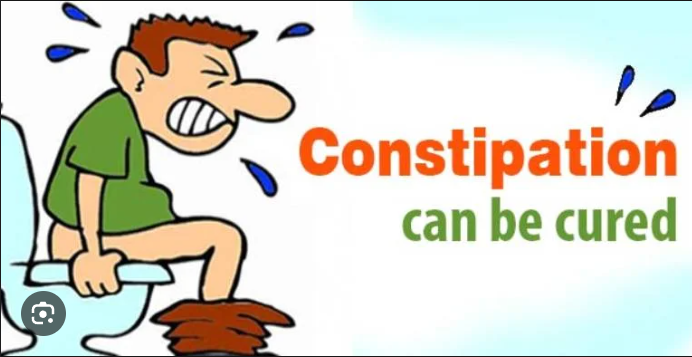Life stinks when you’re unable to poop. You don’t have to accept painful stool changes and infrequent bowel movements as symptoms of constipation.
Be truthful about constipation. It’s not impolite to admit when you’re having trouble getting underway.
Constipation is something that everyone experiences at some point. It’s possible that you go days without urinating. Alternatively, you may have little, hard, dry stools when you do go, which can be uncomfortable and create strain. Constipation can come and go and take many different shapes, but it usually involves both less frequent and painful bowel motions. Constipation is said to be chronic when it persists for many weeks or more.
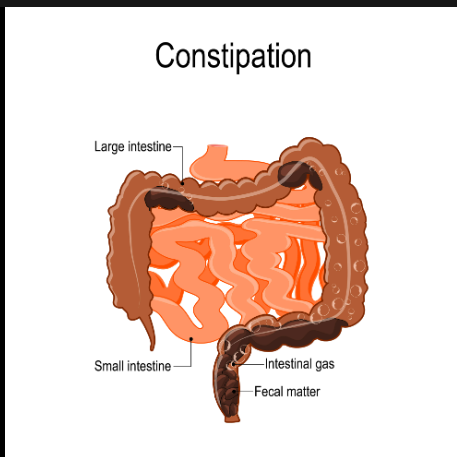
Also read–Fresh Herbs Vs. Dried Herbs: Which Is Better For Cooking
You are the one who ultimately determines what constitutes “regular” for you. Use these suggestions to find relief if you haven’t been feeling your colonic best.
Exercise
One of the easiest things you can do to restart things is to really start moving.
Dana Ellis Hunnes, an assistant professor at UCLA Fielding School of Public Health in Los Angeles and senior clinical dietitian at UCLA Medical Center, advises people to “hop in place, go for a walk, or jog.”
In fact, a review study published in 2019 discovered that exercise was a useful treatment for constipation. Not that we’re talking about extreme endurance training either; even just walking for 10 to 15 minutes a day or doing another aerobic activity, like swimming or jogging, several times a week seems to help maintain a regular stomach.
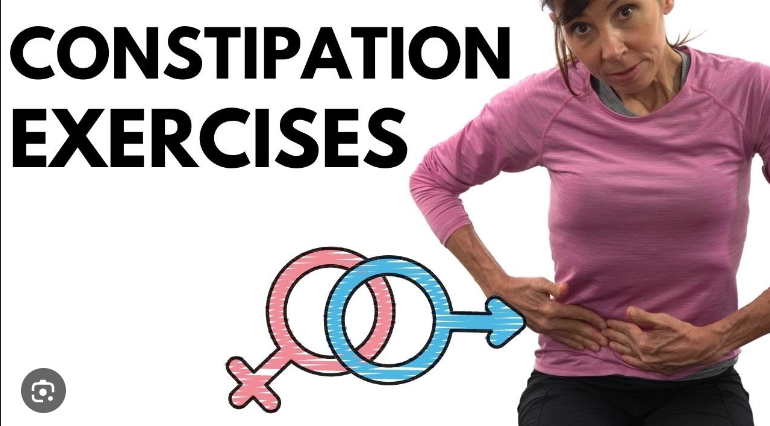
Exercise helps the intestines contract, relax, and function more regularly, according to gastroenterologist Dr. Amy Foxx-Orenstein of the Mayo Clinic in Arizona.
She continues, “Those with restricted mobility may find that doing Pilates or tai chi while lying on the floor helps stimulate intestinal activity and blood flow, which may help get things going.”
Eat more fiber
Adult women should have up to 25 grams of fiber daily, while men should consume up to 34 grams, according to the Dietary Guidelines for Americans 2020–2025. To achieve your nutritional objectives, registered dietitian Molly Kimball of Ochsner Health System in Louisiana suggests progressively increasing your intake of fiber. You may potentially induce some gastrointestinal discomfort, including constipation, if you ramp up too quickly. In order to reduce constipation, try eating more foods high in soluble and insoluble fiber as you increase your intake. Water is absorbed by soluble fiber, which is present in:
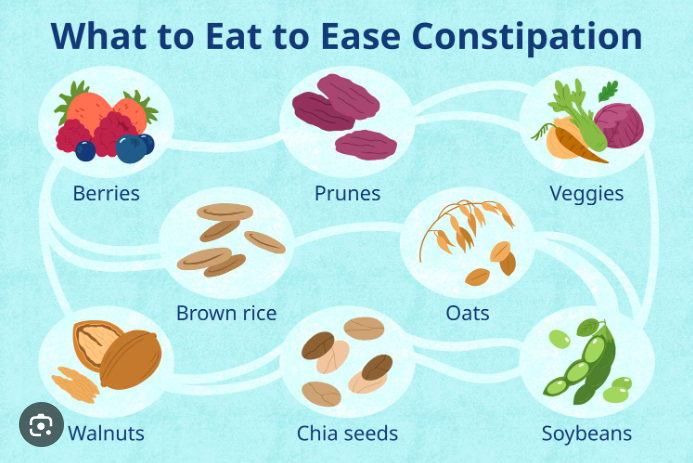
- Oatmeal.
- Apples.
- Melons.
- Squash.
- Avocados.
- Carrots.
- Beets.
Insoluble fiber does not absorb water. Instead, it helps bulk up and soften the stool, making it easier to eliminate. Foods rich in insoluble fiber include:
- Leafy greens.
- Nuts.
- Seeds.
- Popcorn.
- 100% whole-wheat bread.
- Fruit skins.
Keep hydrated
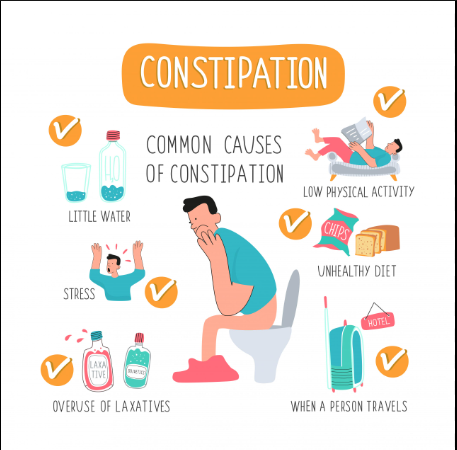
Maintaining proper hydration through water consumption or food high in water content is also essential to maintaining your digestive tract functioning on a regular basis. Patients often overindulge in fiber without drinking enough water, which makes them more constipated. Constipation can occur “if there’s not enough fluid to move the bulk (from fiber) through,” Hunnes continues. Nothing is truly worse than consuming a high-fiber diet followed by dehydration-induced constipation. After that, you start to feel incredibly uncomfortable and gassy.
Eat prunes and other dried fruit
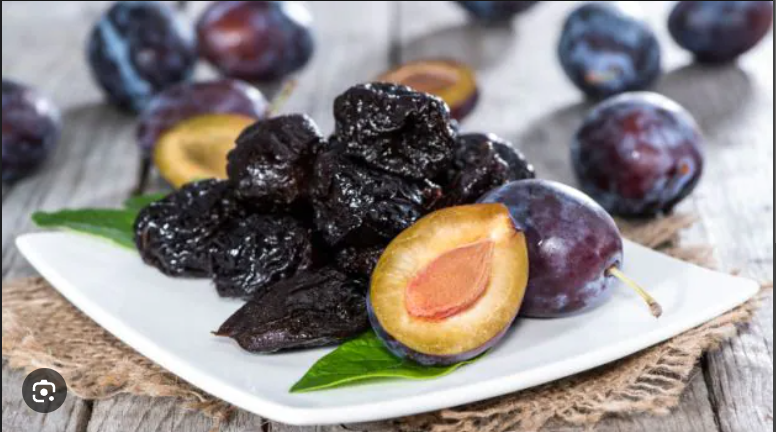
Maintaining proper hydration through water consumption or food high in water content is also essential to maintaining your digestive tract functioning on a regular basis. Patients often overindulge in fiber without drinking enough water, which makes them more constipated. Constipation can occur “if there’s not enough fluid to move the bulk (from fiber) through,” Hunnes continues. Nothing is truly worse than consuming a high-fiber diet followed by dehydration-induced constipation. After that, you start to feel incredibly uncomfortable and gassy.
Add artichokes

If fruit isn’t your thing, don’t worry; there are plenty of other ways to get extra fiber in your diet, such as adding it to cereal or eating vegetables that are high in fiber, like broccoli and beans. Artichokes, according to Beckerman, are a fantastic complement when you’re feeling energized.
“A single artichoke can contribute to nearly 25% of the recommended daily intake of fiber, with the majority of that being classified as insoluble fiber,” says Beckerman. “Insoluble fiber, or fiber that does not dissolve in water, should be included in diets for the majority of Americans.”
She goes on to say, “Artichokes are chock full of other nutrients, like plant-based protein, stress-reducing magnesium and potassium, and inflammation-squelching vitamin C.”
Watch your diet
Hunnes notes that while individual dietary habits may vary, a low- or no-carb diet may exacerbate constipation due to the removal of most carbs, which are the source of fiber. Very low-fat diets can also throw off your regular restroom schedule, says Dubner.
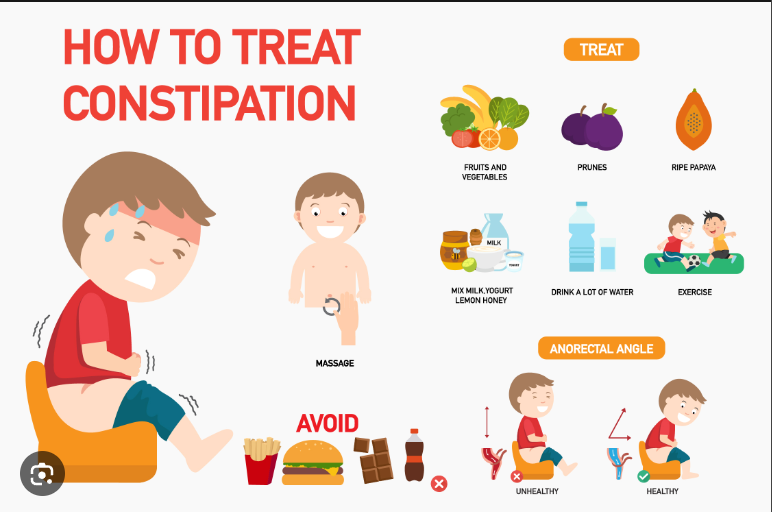
“When they go on a completely no-fat or extremely low-fat diet, I have found that so many of my patients become very constipated,” the doctor states. “Some lubrication is necessary.”
Dubner advises eating meals high in healthy fats, such as avocado and olive oil, if you want to go on a regular basis. Additionally, fats promote digestion by triggering the gastric reflex, which facilitates the passage of food through the colon.
Also read–Drinking Advice : For The Diabetes Patients For Good Health And For Good Life
Disclaimer: The opinions and suggestions expressed in this article are solely those of the individual analysts. These are not the opinions of HNN. For more, please consult with your doctor.
images source-google







